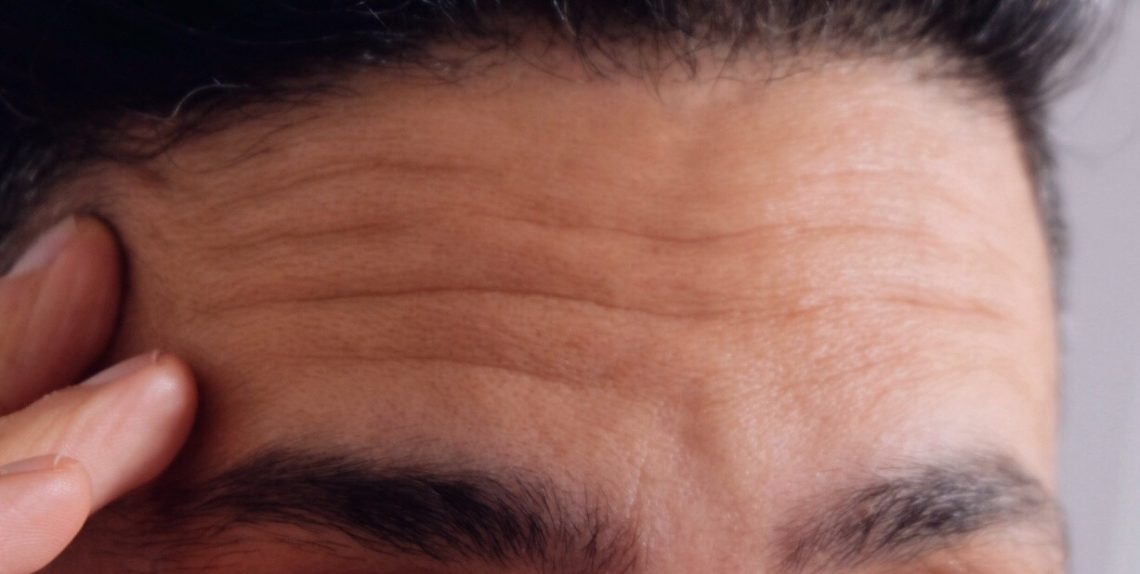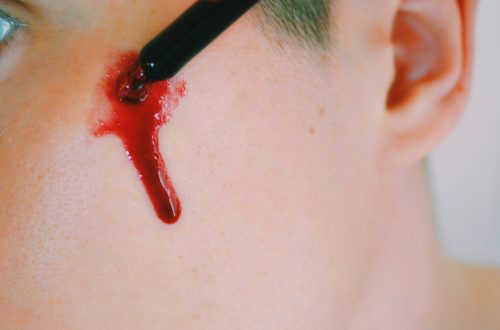
Botulinum Toxin: What You Need to Know
I’ve had many conversations with patients and even friends that go like this: They’re doing all they can in the skincare department, but they still feel like their age is starting to show. They want to take the next step into injectables and they’re curious about botulinum toxin, but they’re a little anxious. Will it hurt? Will they end up frozen? Are they going to have that “plastic surgery” look?
These conversations always surprise me. Botulinum toxin injection is the most commonly performed cosmetic procedure in the US for both women and men. Its brand names have crossed over to become household names and it has been cemented into our cultural zeitgeist over the last two decades. Yet there is still so much mystery surrounding botulinum toxin including its effect, how it’s administered and what could possibly go wrong.
Let’s set the record straight! Here’s what you need to know about botulinum toxin for facial rejuvenation.
What is it?
Just as the name would imply, botulinum toxins are toxins released by the bacteria Clostridium botulinum of “botulism” fame. While the bacteria in question can cause paralysis if ingested, scientists had the idea to isolate its toxins for medical use. There are several types with type A (nicknamed BoNTA) being commonly used in medicine.
How does it work?
Each muscle in our body has associated nerves that tell it when to contract. In order to do this a neuron (nerve cell) releases a signal in the form of a neurotransmitter called acetylcholine. Botulinum toxin cleaves one of the proteins in neurons that helps them to secrete that acetylcholine. This renders neurons unable to signal their respective muscles. It’s essentially like trying slide into someone’s DMs without any cell service or WiFi – your message can’t get out, and you won’t get a response.
What is it used for?
An ever-broadening list of indications from facial rejuvenation to migraines to excessive sweating. In its cosmetic use it’s mainly targeted at hyperdynamic wrinkles: lines that appear due to repetitive contraction of certain facial muscles we use when making facial expressions. Examples of these include horizontal forehead lines, the “mean 11” of the glabellar area (between the brows), “crow’s feet” and even wrinkles around the lips. Additional cosmetic uses allow for subtle shaping of the face – rounding out the jawline, opening the eye and even de-emphasizing band-like protrusions of the neck.
What are the results like?
There’s a reason why botulinum toxin is the most commonly administered cosmetic treatment: it’s very good at decreasing the appearance of expression lines. Results usually last about 3 months and range anywhere from subtle to “frozen” depending on patient preference. Some have claimed that having botulinum toxin administered regularly can also have a preventative effect over time, but this claim hasn’t been validated with rigorous studies yet.
What is the process like?
The area to be treated is cleaned. Numbing creams or ice can be applied beforehand to prevent pain but most patients do fine without them. A syringe and needle are used to inject the toxin into the dermis or directly into muscle depending on the indication. The process usually takes minutes. Pain and down time are both minimal. I usually advise patients not to drink alcohol, exercise or take NSAIDs for the rest of the day to avoid bruising.
What can go wrong?
The most common side effects are pain during the process, bruising and headache. Our facial musculature is also very complex, meaning that certain areas may be unintentionally paralyzed (i.e. brow droop). Conversely, incomplete treatment of an area may result in an undesired appearance such a “Spock brows” with high lateral arches. Many of these are either preventable or correctable. I highly recommend having a thorough discussion about all the possible side effects with your provider beforehand and to keep in touch with them afterwards in case your results are suboptimal.
Should I get it?
Botulinum toxins should be used as part of a broader rejuvenation plan that includes skincare and procedures targeted at your specific concerns. My recommendation is to find a reputable provider such as a board-certified dermatologist to review all the options and come up with a synergistic strategy to safely enhance your look.
Be sure to follow @dermangelo on Instagram for more tips about skin health and beauty!




